Let’s Connect & Accelerate Your Organic Growth
- Your data is properly secured encrypted by SSL
One of the most challenging tasks in the digital era is to get your website or Web page to rank at the top of the search engine results page (SERP). Hundreds of articles comparable to yours are written every day. Thousands of sites in your domain are featured on search engines every day. How can you beat them? The simple answer to this question is: by working on all the parameters that are vital for high rankings.
Google announced that it evaluates a website against approximately 200 parameters to determine its ranking. This post discusses the seven most crucial ranking factors.
What Are Google Ranking Factors?
Google ranking factors are the criteria it uses to evaluate and rank web pages in search results. These factors help determine which pages are most relevant, valuable, and user-friendly for a given search query. Whether you’re a content writer, marketer, or SEO expert, understanding these factors is essential for improving visibility.
Google considers various elements, including page speed, keyword placement, content quality, mobile-friendliness, and image optimization. Each of these plays a key role in delivering a better user experience. By aligning your SEO strategy with these ranking signals, you improve your chances of ranking higher, driving more traffic, and staying competitive in search results.
Crucial Google Ranking Factors
So, how can one ensure that their site gets maximum visibility online? Here are a few of the most important Google ranking factors to help you understand how to rank higher on its SERPs:
On-Page SEO Google Ranking Factors
1. High-Quality, Relevant Content
High-quality, relevant content is one of the most critical on-page SEO ranking factors. If you want to rank well on Google’s SERPs, your pages must deliver original, well-researched information that truly adds value to the user. Content should be easy to understand, engaging, and aligned with the search intent. If users can’t find what they’re looking for or get confused, they’re unlikely to return, leading to high bounce rates and low dwell time.
To create content that ranks, consider the various queries your audience may have and aim to answer them clearly. Google now even features enhanced snippets to address multi-intent search queries. Start with thorough keyword research using tools like Google Keyword Planner and keep an eye on your competitors’ strategies. Don’t forget to include mobile, local, and voice search keywords to stay ahead in a constantly evolving search landscape.
2. Keyword Optimization
Keyword optimization is a key part of on-page SEO and plays a major role in helping Google understand what your content is about. By naturally integrating the right keywords into your titles, headers, meta descriptions, and throughout the content, you improve your chances of ranking for relevant search queries.
Start by researching keywords that match your audience’s search intent. Use a mix of primary and long-tail keywords, and place them strategically without stuffing. Ensure your main keyword appears in the first 100 words of your content, and don’t forget to optimize image alt text and URLs, too. Proper keyword placement makes your content more discoverable while keeping the user experience intact.
3. Title Tags, Header Tags, & URL Structure
Title tags, header tags, and URL structure are essential on-page SEO elements that help both users and search engines understand your page content.
Title and header tags act as signals, telling search engines what your content is about and helping categorize it accurately. A clear, keyword-rich title tag improves visibility in search results, but it must also align with your page content. If it doesn’t, ranking becomes difficult.
Similarly, your URL plays a key role in both ranking and user experience. It connects your content to search engines and site visitors by providing context. A well-structured URL that’s concise, keyword-optimized, and free from unnecessary characters can improve SEO and attract links from authoritative domains. So, when crafting URLs, keep them clean, relevant, and easy to read.
4. Internal & Outbound Linking
Internal linking is one of the most important ranking factors. It defines the overall structure of a website. It allows users to navigate your site more easily while also assisting search engines in understanding what your site is all about. Effective interlinking is essential for page indexation as well as ranking on Google. It further enhances the Call To Action (CTA) and conversion rates.
According to Google, new content links are known for helping Google bots to crawl through the new pages.
5. Image Optimization (Alt Tags, File Names & Size)
The alt tag tells search engine spiders what the image is about. Crawlers can correctly index the image after understanding this tag. In the context of users, such tags will advise them of what the image is if the website takes a long time to load or if there is a rendering issue.
Using a suitable alt tag creates the perception of user-friendly content, which can help you enhance your Google results.
6. Content Freshness and Updates
Google values fresh content because it often reflects up-to-date and relevant information. Regularly updating your website with new or improved content signals to search engines that your site is active and trustworthy. This can positively impact your rankings, especially for topics that evolve over time.
Refreshing old blog posts, adding recent statistics, updating outdated information, and expanding content based on current trends are all good practices. It not only helps maintain search visibility but also improves user engagement and reduces bounce rates. In short, keeping your content fresh ensures it continues to serve both users and search engines effectively.
Technical SEO Google Ranking Factors
1. Website Security (HTTPS)
HTTPS became a Google ranking signal in 2014 while 2017 saw Google strongly encourage sites to go secure. In fact, now sites without the secure HTTPS connection are shown as ‘not secure’ in the address bar of the Chrome browser, a definite eyesore to site visitors. Thus, not making the transition to HTTPS can lead to increased bounce rates. But be warned, you can face canonicalization challenges if you do make the change.
2. Mobile-Friendliness
The number of searches conducted through mobile devices is skyrocketing. This means that if you want to stay in the game, you will have to ensure your site is mobile-responsive. If you have a mobile-friendly site, Google can quickly and accurately index it, rather than having to refer back to its desktop version.
Mobile usability has been a top Google ranking factor since 2015 and in order to satisfy this mobile-first index rule fully, your mobile and desktop sites must have identical content. You can also refer to Google’s guidelines on the topic for more information.
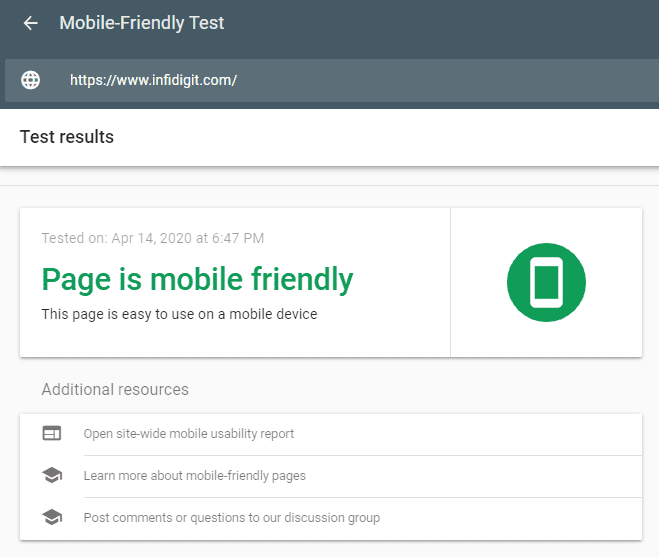
3. Page Speed & Core Web Vitals
Recent studies have concluded that the bounce rate doubles for every two-second delay in page loading. In fact, there have been instances of large online businesses losing millions of dollars in revenue with just a second’s delay in page loading. You can increase page speed by compressing your HTML, JavaScript and CSS files, reducing page redirects, optimising images, troubleshooting any server performance issues, etc. Additionally, for mobile pages, you can use AMP (Accelerated Mobile Pages) to reduce any bottlenecks. You can measure your page speed by using the Google PageSpeed Insights tool.
Check out this video to know more about Site Speed

4. Website Architecture & Crawlability
Google constantly monitors user behaviour when they visit a site. The time spent on your site, the number of visitors who leave the site after viewing only one page, the number of other pages visited, etc. are all important SEO ranking factors. Work on your site structure to ensure that users can navigate smoothly from one page to another and find what they are looking for in as few clicks as possible.
Off-Page SEO Google Ranking Factors
1. Backlinks & Link Quality
Backlinks are essential to increase the authority of your website. It informs Google that other websites think your material is interesting and valuable, which is why they link to it from their content. The three common ways to obtain backlinks are natural, manual, and self-created links. However, remember that not every backlink is beneficial.
Here are some pointers on how to build high-quality links that help with SEO ranking factors.
- Look for the sources that are your website’s top referrals. By contacting them, you can create similar content and gain additional links.
- Try outbound links to authoritative sites. If such links assist other websites in gaining traffic, the likelihood of gaining backlinks from them is considerable.
- You may use the Google search console. The reports they provide will assist you in determining how to obtain more links.
- Inspect the websites of your competitors regularly. Assess the sources from which they obtain their links.
2. Brand Authority & E-E-A-T
If you can attract attention to your brand and target more brand keywords or search terms, it sends a strong signal to Google that you are a popular business. This will in turn increase your Google rankings and get you more site traffic. In fact, studies have found that 50% users will click on a result if they see that the brand is making an appearance in multiple organic search results on an SERP.
3. Social Signals
Having a formidable social presence comes with its own set of perks. Choose a social media platform that suits your brand voice and has your target demographic actively engaging with you. Partner up with influencers within your niche so you can tap into their followers base too. Post engaging, share-worthy content regularly so that your followers always have something to look forward to, and address their queries and concerns. Although social media marketing is not a standalone Google ranking factor, it, coupled with brand power, can help you see positive organic traffic growth.
Other Influential Google Ranking Factors
1. Domain Age & Domain Authority
If you have an exact-match domain name that includes the keyword you are targeting, then you definitely have a strong organic search advantage. However, it is not always practical to target every major keyword this way. Moreover, studies have revealed that consistently top-performing, older domains do better in organic search than new brands – this is because Google has monitored their activity for extended periods and views them as trustworthy.
2. Use of Multimedia (Videos, Interactive Content)
Incorporating multimedia elements like videos, infographics, and interactive content can significantly enhance your website’s user experience—an important factor Google considers when ranking pages. Multimedia helps break up large chunks of text, making your content more engaging and easier to understand.
Videos can increase dwell time, reduce bounce rates, and keep visitors on your page longer, while interactive elements like quizzes, sliders, or tools can drive more user interaction. These signals show Google that your content is valuable and user-friendly, which can positively influence rankings. Just make sure all multimedia is optimized for speed and mobile responsiveness.
How to Monitor and Improve Your Google Rankings
Monitoring and improving your Google rankings is an ongoing process that involves tracking performance, identifying areas for improvement, and implementing strategic changes.
Start by using tools like Google Search Console, Google Analytics, and third-party SEO platforms to monitor keyword rankings, traffic trends, and user behavior. These insights help you understand which pages perform well and which need optimization.
To improve rankings, regularly update your content, enhance technical SEO, build high-quality backlinks, and ensure mobile-friendliness. Focus on providing a seamless user experience with fast-loading pages, clear navigation, and engaging content that matches search intent.
By consistently analyzing data and refining your SEO strategy, you can steadily climb the search results and stay ahead of your competition.
Final Thoughts on Google Ranking Factors for 2025
Besides the steps you take to ensure your site is discoverable online, SEO is often influenced by the Google algorithm updates that are released almost every single day of the year. While you can always start off with a few simple steps to maintain basic SEO hygiene, it may be a good idea to hire a team of professionals to work in-house or contact an SEO company like us to do all the heavy lifting for you.
If you liked this post and want us to bring you more such content, tell us so in the comments section below!
Frequently Asked Questions About Google Ranking Factors
What are the top 3 Google ranking factors in 2025?
In 2025, the top three Google ranking factors are:
- High-Quality Content – Content that is original, relevant, and satisfies user intent.
- Backlinks – Earning links from authoritative, relevant websites signals trust and value.
- User Experience (UX) – This includes mobile-friendliness, fast loading times, and easy navigation, which contribute to higher engagement and lower bounce rates.
Is domain age still a ranking factor?
Domain age has a minor impact on rankings. While older domains may have built more authority and backlinks over time, Google focuses more on content quality, relevance, and site performance than simply how long a domain has existed. A newer website with well-optimized, high-value content can still outrank older competitors.
How important is mobile-friendliness for SEO?
Extremely important. With Google’s mobile-first indexing, the mobile version of your site is now the primary basis for ranking. If your website isn’t mobile-friendly, you risk lower visibility in search results. Make sure your site design is responsive, loads quickly on mobile devices, and provides a smooth user experience across screen sizes.
Do Core Web Vitals Affect SEO Rankings?
Yes, Core Web Vitals are officially part of Google’s ranking algorithm. These metrics—Largest Contentful Paint (LCP), First Input Delay (FID), and Cumulative Layout Shift (CLS)—measure loading speed, interactivity, and visual stability. Optimizing for Core Web Vitals can lead to better rankings and improved user satisfaction.
How often should I update my content to improve rankings?
There’s no fixed rule, but reviewing and updating key content every 3 to 6 months is a good practice. Update outdated stats, refresh keywords, and expand content where necessary. Regular updates signal to Google that your content remains relevant, which can help maintain or improve rankings over time.
Popular Searches
How useful was this post?
1 / 5. 1


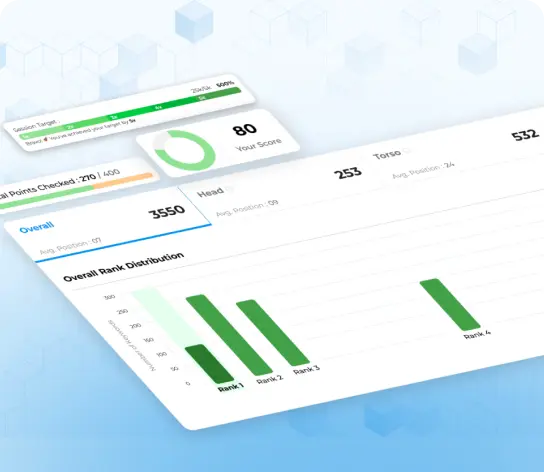



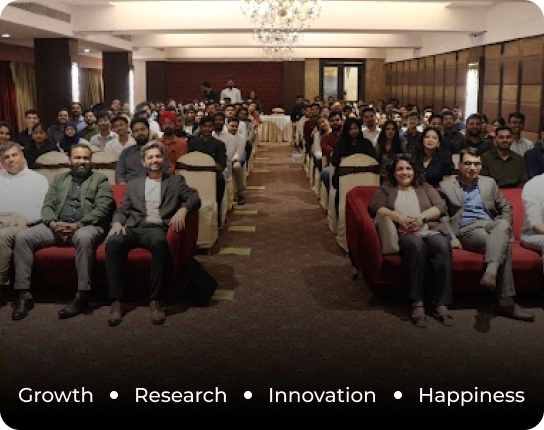

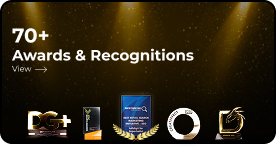

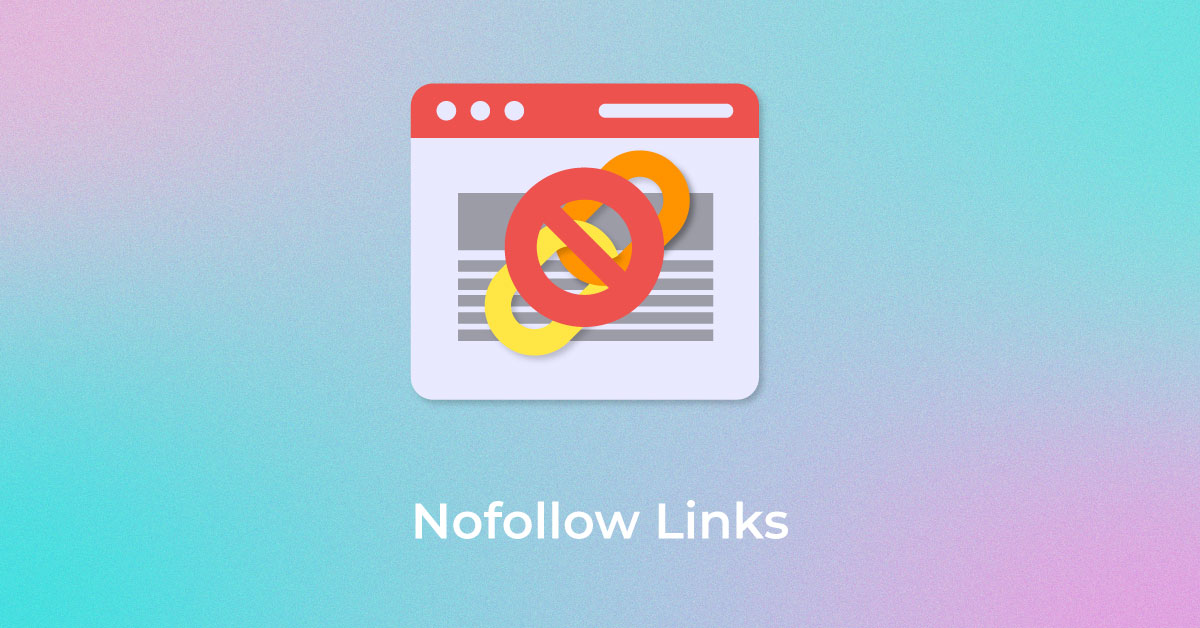
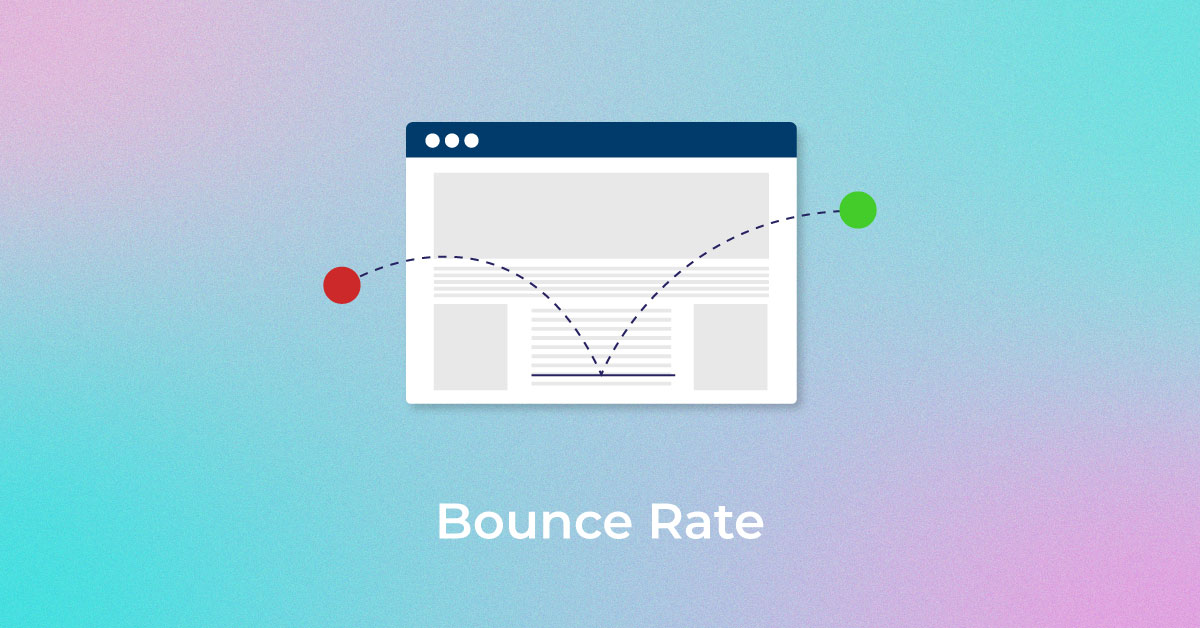
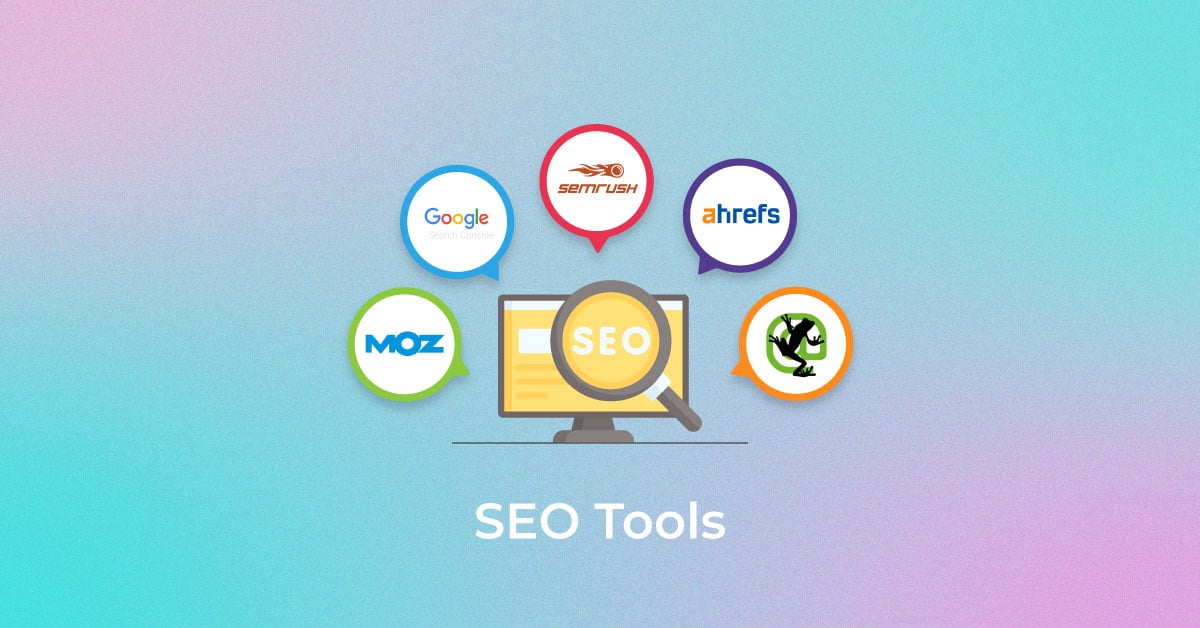


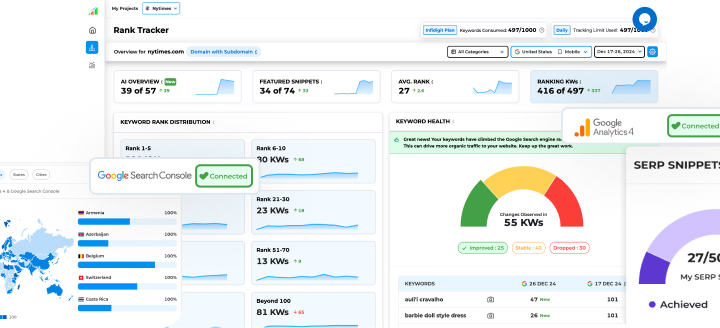
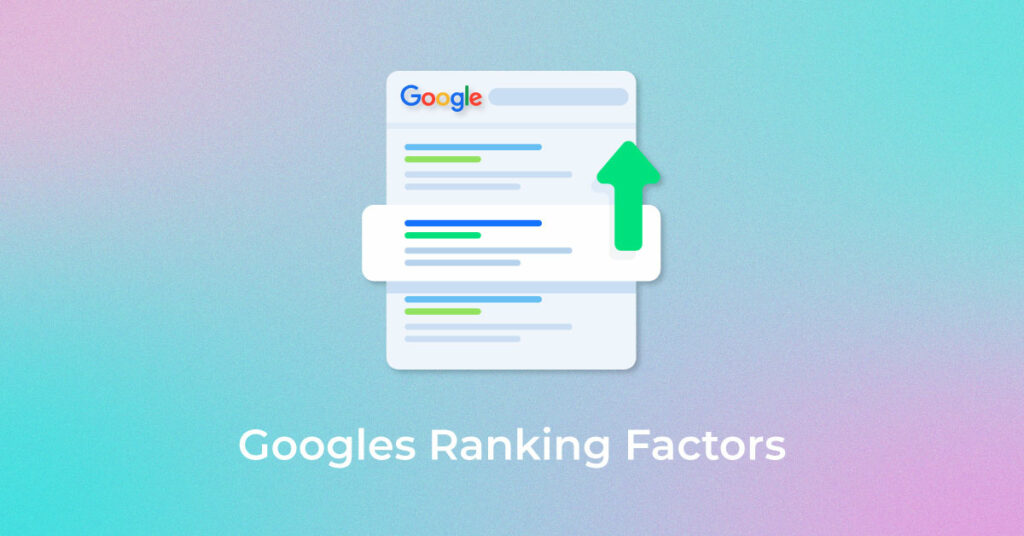

6 thoughts on “Top Google Ranking Factors 2025: Important SEO Factors You Must Know”
Great post
Thanks. Check out our latest posts for more updates.
Very good. Thanks for sharing
Glad to know you liked our article
I had been searching for SEO tips for my new site and I came across your article. It helped me a lot in understanding SEO. I really appreciate your article. Thanks for writing such an informative article.
We are glad to know you liked our post. Please check out our latest posts for more updates.